
Facial Blur

To Do and Notice
What do you see? Look at this image, then look again from farther away.
What's Going On?
Digital images are made from a rectangular array of dots or boxes known as pixels. The above image is made from 206 pixels.
When you are close to the image it subtends a large angle on your retina. Each block covers many cones. As you move away from the image it subtends a smaller and smaller angle, there are fewer cones per pixel. The brain reassembles the image from the image that falls on the retina, is processed by the retina, and sent down the optic nerve to the visual cortex for interpretation.
Going Further
This image can be made from an original image which contains many more pixels by taking groups of pixels and averaging their darkness values, then applying this average darkness value to the entire group. It is impossible to reverse this process and convert the low number of pixel image into the original image.
1 2 3 2 4 6 3 6 9
Consider this array of darkness values in the original image. Average all the values to find a value of 4. Then assign the value of 4 to the entire array.
4 4 4 4 4 4 4 4 4
References
The image of Abraham Lincoln made from large blocks was created by Leo Harmon for an article in Scientific American in 1973.
Etc.
Three years after the above image appeared, Salvador Dali made this image.
Facial Blur 2
Look at each of these images in turn, when can you decipher the original image?

This image is 8 pixels high.
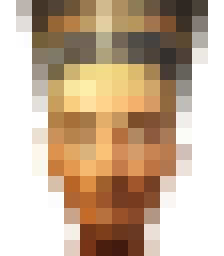
This image is 16 pixels high. View it from a greater
distance.
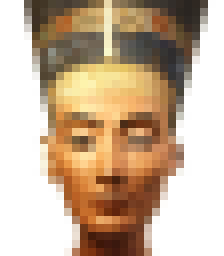
This image is 32 pixels high, if it were square it would be a 1
kilopixel image.
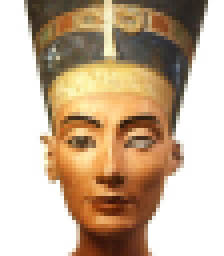
This image is 64 pixels high.
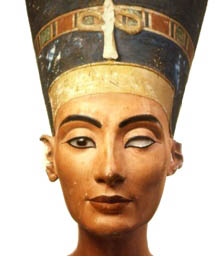
This image is 256 pixels high. If it were square it would contain 65
kilopixels.
What do you see?Look at the next image then observe how it changes as you move away from it.
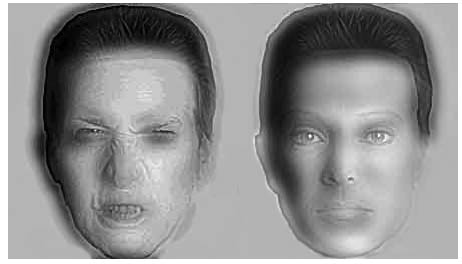
As you increase your distance the image looks like the one below.
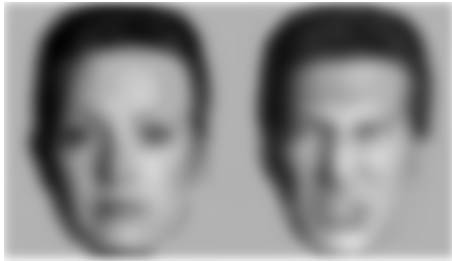
What's Going On?
Observe the darkest and brightest regions in the upper photo. Notice the dark shadows under the eyes of the scowling make on the left of the upper image, notice how these become the open rounded eyes of the woman.
Notice the shading below the mouth of the woman on the upper right, this becomes the scowling mouth of the man below.
The lower image has been created by blurring the upper image. When you are close to the upper image your eye can resolve fine details. As you move away, Your eye resolves fewer fine details and the larger shaded regions become important.
The bottom image has been created by blurring the
details of the upper image using a computer.
Facial Blur 4
Examine this photo from the surface of Mars. What do you see?
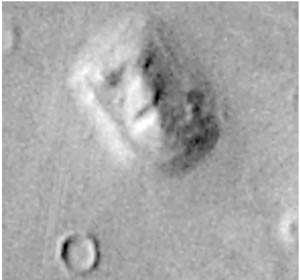
This is the infamous "face on Mars"
A more modern spacecraft with a higher resolution camera took the following photo.
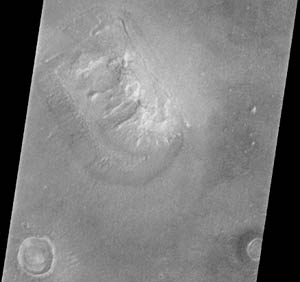
Notice that you can see more details that reveal a naturally carved mesa.
Notice also that the direction of the light in the lower image is from the right while that in the upper image is from the left.
Notice also the detail visible in the craters near the bottom of the image.
Facial Blur 5
Look at this image. Do you recognize the person? Is it an older man? a young woman?
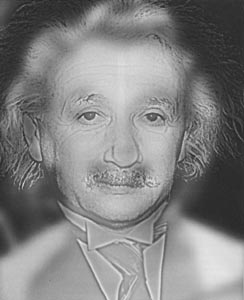
Move further away from the image. Notice how it changes. Do you recognize a different person?
Note the high resolution details and the shading when you are close to the photo, notice how these change the face as the details become blurred with distance.
|
Scientific Explorations with Paul Doherty |
|
1 November 2007 |